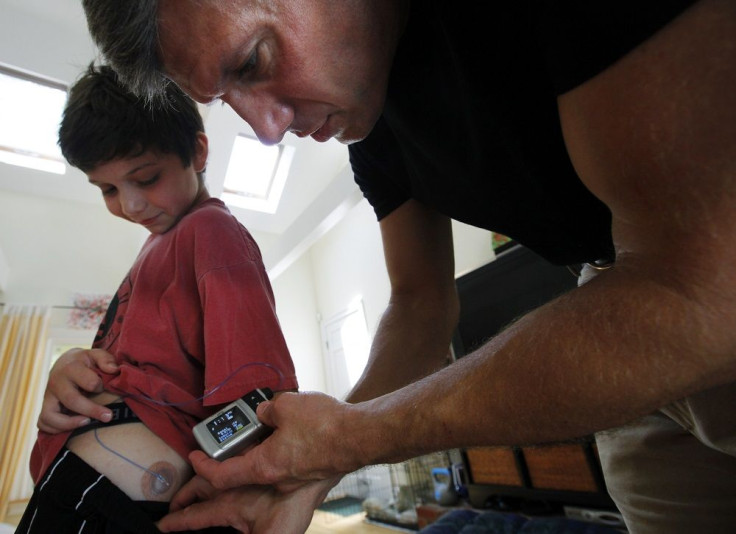University of California researchers produce insulin-producing pancreatic cells from human skin
Goodbye, daily insulin injections

Afrezza, an inhalable insulin and supposed to be an alternative to insulin injections, may possibly face a bleak 2016 because of the split between the marketing arm, Sanofi, and the developer, MannKind. There is also a question of its safety and high cost, which makes a discovery by University of California researchers a medical breakthrough for insulin-dependent diabetics.
The experiment, however, is still in its early stages involving laboratory mice. Using human skin cells, scientists successfully converted it into functional pancreatic cells that produce insulin. It could pave the way for personalised cell therapy for diabetic and finally end their dependence on daily insulin injections, reports IBN.
Matthias Hebrok, director of the university’s Diabetes Centre in San Francisco, explains that the pancreatic cells they generate behave similar to human beta cells. The discovery would allow analysis of the specific beta-cell properties of the patient and optimize approaches to cell therapy.
It speeds up the development of the pancreatic cells faster because bringing the cell back to its pluripotent cell state is unnecessary. By adding four molecules, the endoderm cells divide quickly to more than a trillion times expansion.
This was followed by progressing the endoderm cells into pancreatic precursor cells and into fully functional pancreatic beta cells. When the study, published in Nature Communications, was done on mice, it protected the rodent from developing diabetes by providing the pancreatic cells with the ability to produce insulin as glucose levels in the body change.
Sheng Ding, senior investigator at the Roddenberry Stem Cell Centre at Gladstone, says the new cellular reprogramming and expansion system is more sustainable and scalable that past methods.
With costly and painful insulin injections one of the challenges that diabetics face daily, the breakthrough is something that the 1.7 million Australians diagnosed with diabetes, and millions of other diabetics in different parts of the world, would look forward to when it moves from the laboratory to doctor’s clinics.
Until then, around 100,000 Aussies are added to their number yearly or 280 per day, according to data from Diabetes Australia.





















